Monthly Archives: December 2023
Christmas Opening Hours 2023
Christmas Opening Hours
Calling all Night Owls!!
We are extending our shopping hours until 7pm, exclusively for the lead up to Christmas Day! Find everything you need from delightful home accessories, and heart-warming gifts to blooming plants, we have it all.
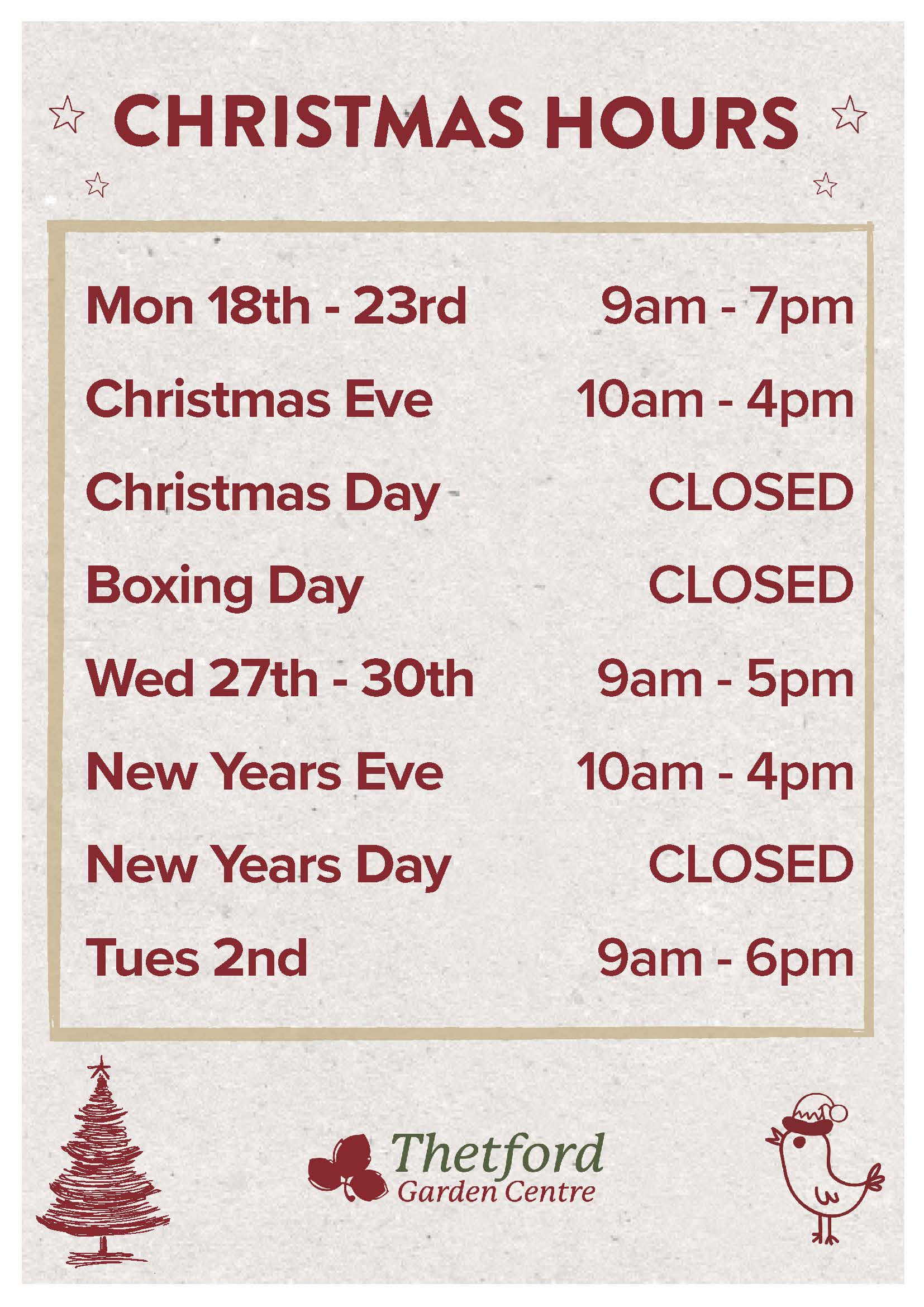
Lime Kiln Kitchen Christmas Hours

Caring for your Christmas Tree
Fresh Cut Trees
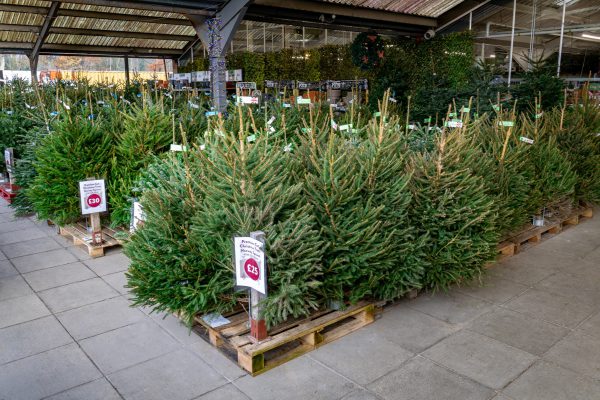
All conifers shed as part of their lifecycle and they will accelerate that shedding if they dry out. Not all trees have the same tolerance towards drought. Just follow our tips below to get the best from your tree and maintain its fresh appearance.
- It is vital to re-cut the sawn end of the tree removing another two inches. This will expose fresh plant cells in order to take up adequate water during its time indoors
- Stand the tree in a bucket of water, in a cool shaded spot before the tree is required to be brought indoors. This will re-hydrate the tree to help prevent it from shedding all its needles
- Use a tree stand that holds water which can easily top up, (your tree can drink more than a pint of water a day)
- Do not place your tree near a heat source
- Treat a Christmas tree as you would treat fresh flowers in the home
- Don’t worry if your tree appears flat on one side as this is unavoidably happens during transit. Once inside a warm room the branches will soon regain their natural shape
- If your tree was netted, it is a good idea to remove it as soon as you possibly can so the branches can spread out naturally.
Nordmann Fir
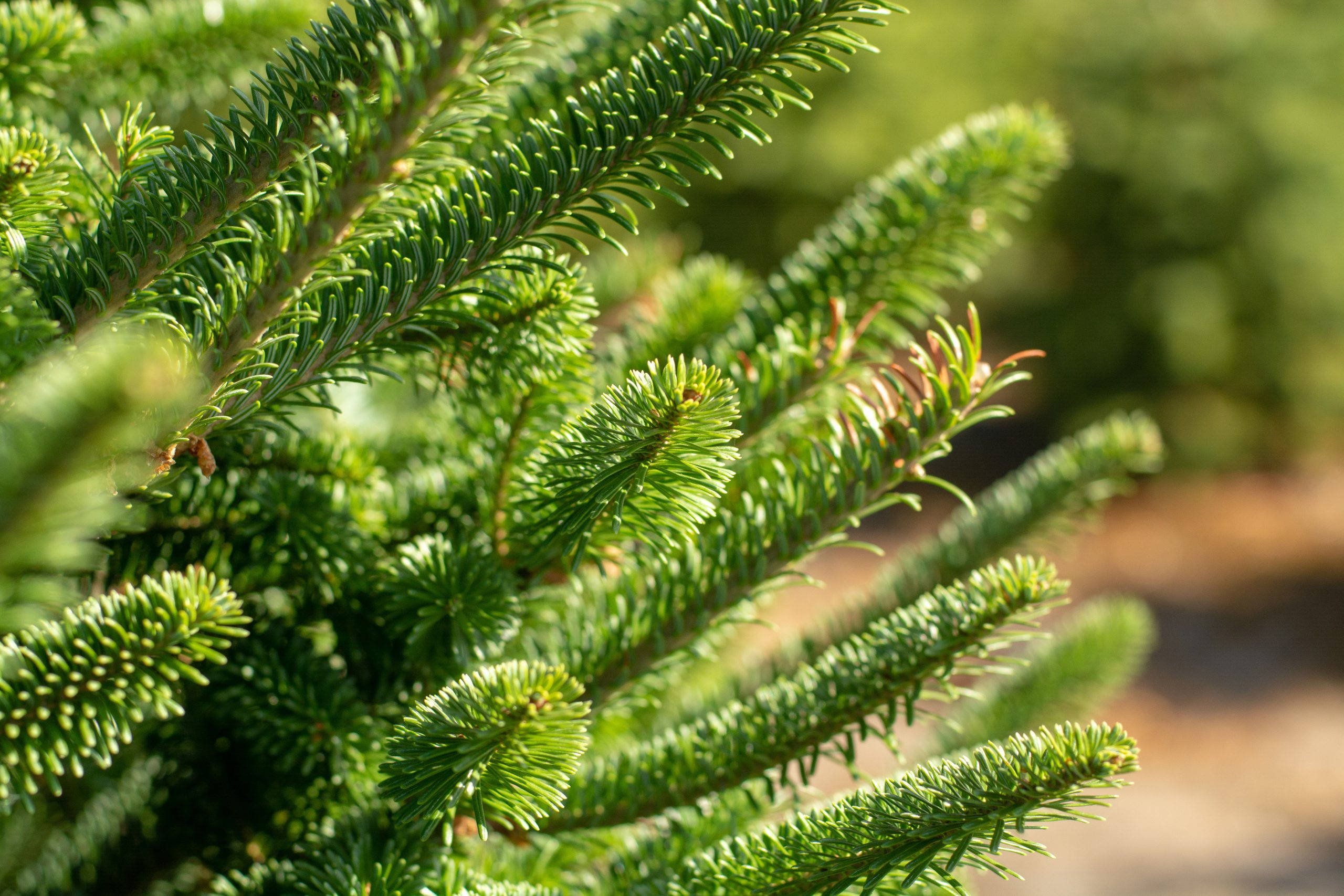
Well established over the years, the Nordmann Fir is generally regarded as being the best performing tree you can buy. Many people throughout the UK and the rest of Europe choose a Nordmann for their Christmas tree.
They offer better needle retention compared with other species such as the Norway Spruce. This is largely due to them having soft thick needles which help to minimise water loss and shedding all over your carpet! Another characteristic are its leaves; attractive blue grey needles which are silver when viewed from underneath.
Although a bit more expensive than the spruces, we believe they offer excellent value for money. Their shape makes them exceptionally high quality.
Norway Spruce
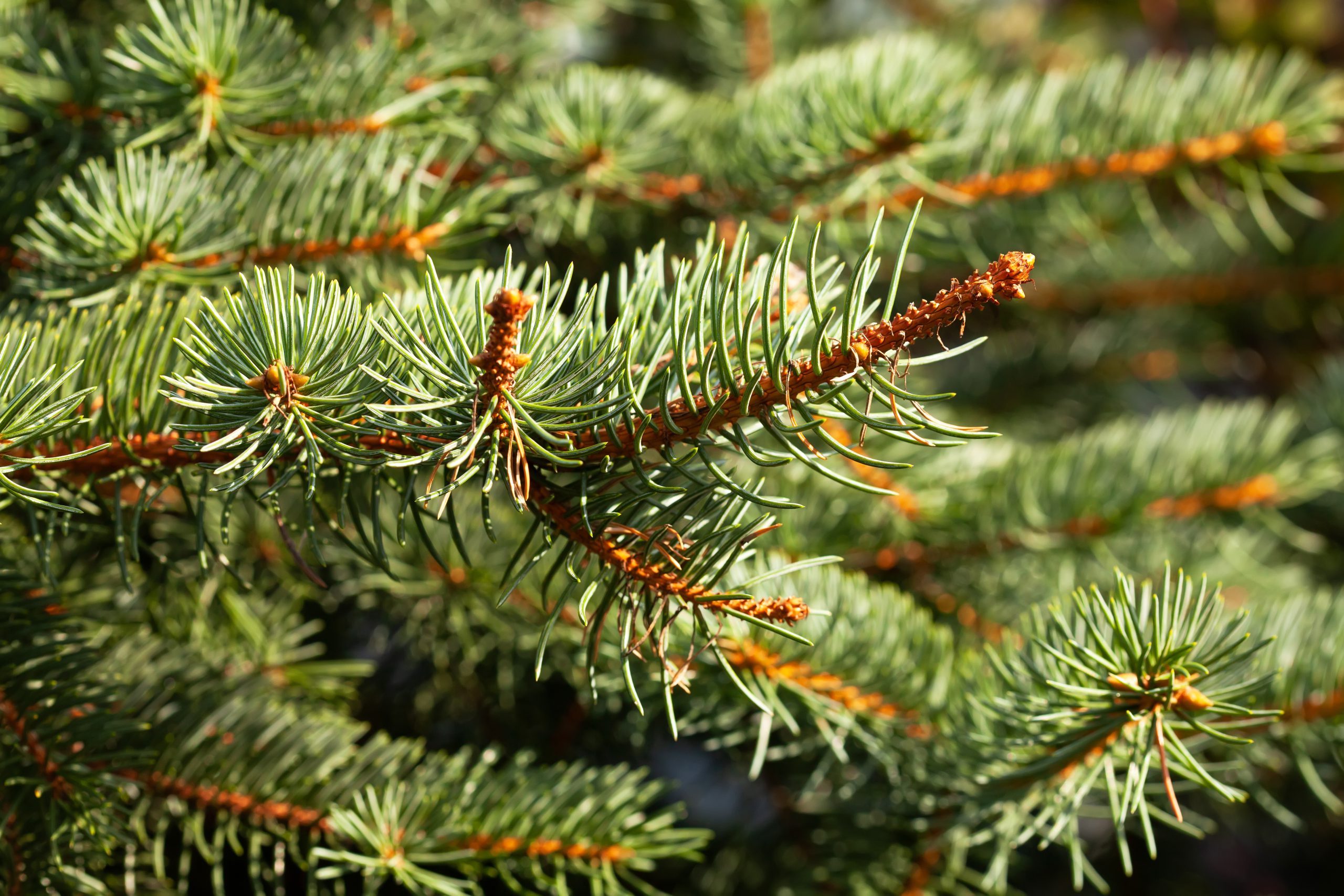
The Norway Spruce is the traditional Christmas tree with its pointed mid-green needles standing on tiny pegs and a lovely scent. It occurs naturally throughout the UK and the rest of Northern Europe.
It is because of its ability to grow well on a number of sites that it has become a popular tree. If not cared and properly situated, the Spruce is prone to needle-drop
Pot Grown
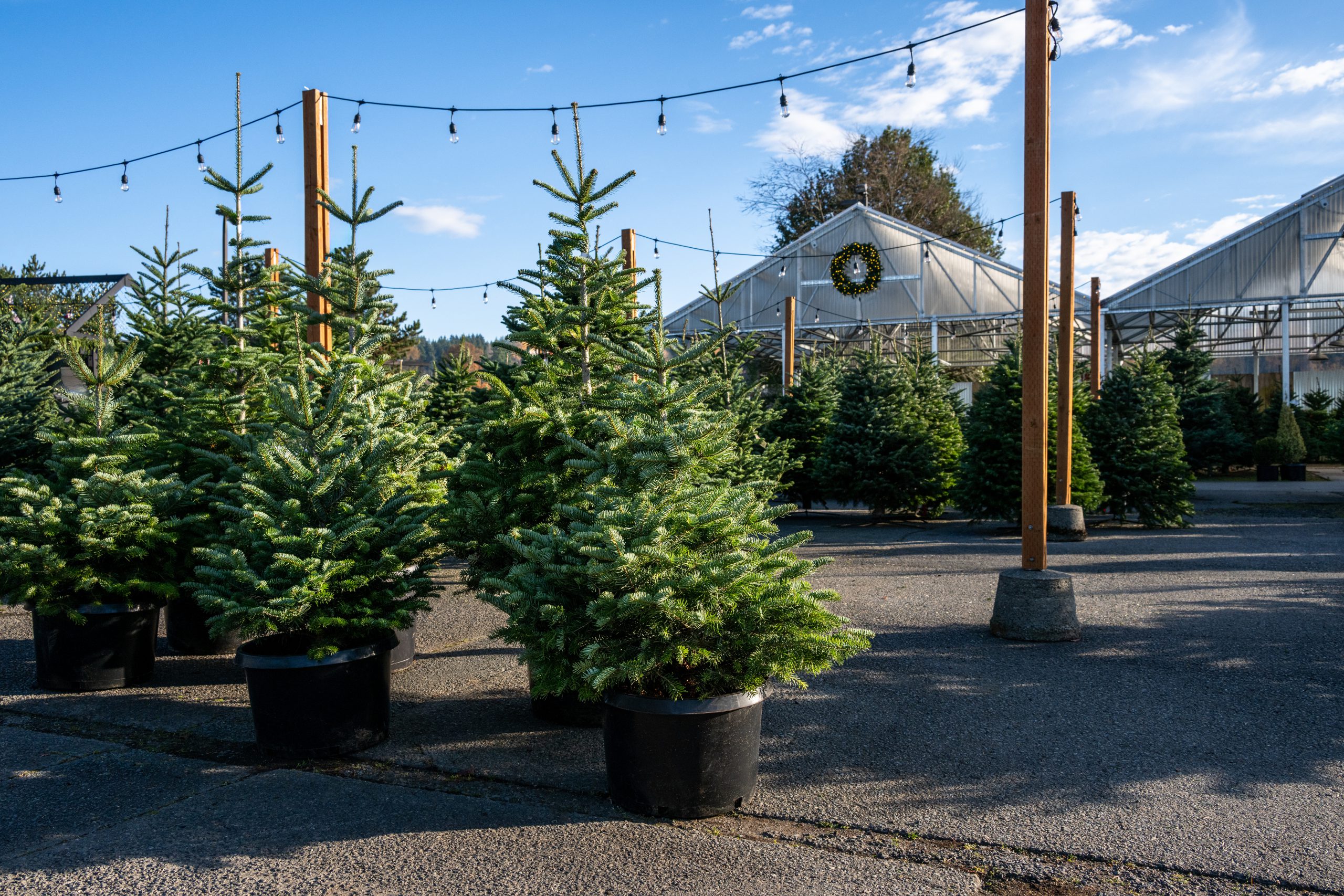
Over the last few seasons pot grown Christmas Trees have increased in popularity and we now stock pot grown Nordmann Firs alongside the Norway Spruce.
As the name suggests, they are Christmas Trees supplied in pots, complete with roots. Once the festive season is over it can be potted on or transplanted into the garden.
Pot Grown Trees
- After purchasing your post grown tree, remove it from the protective sleeve and keep it watered like you would any other plant kept in a pot.
- Before bringing our potted tree indoors, immerse it in water for at least 10 minutes to fully saturate the compost. Allow it to drain for a few hours and then bring inside.
- Follow the guideline for fresh cut trees regarding positioning – i.e. keep away from sources of heat.
- Water regularly as you would your other houseplants; don’t allow the compost to become too dry. Keeping the compost moist will also help to provide stability.
- You can repot or transplant the tree into the garden in early spring, just as the growing season starts. Just remember to keep watering it.
About Our Trees
All our trees are grown in commercially managed plantations specifically to be sold during the festive season. This means that more trees replace those cut down and sold. Depending on the size of your tree, it may be up to 7 years old!
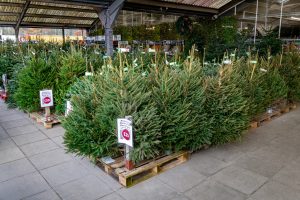
Your December Advice – Winter Edition
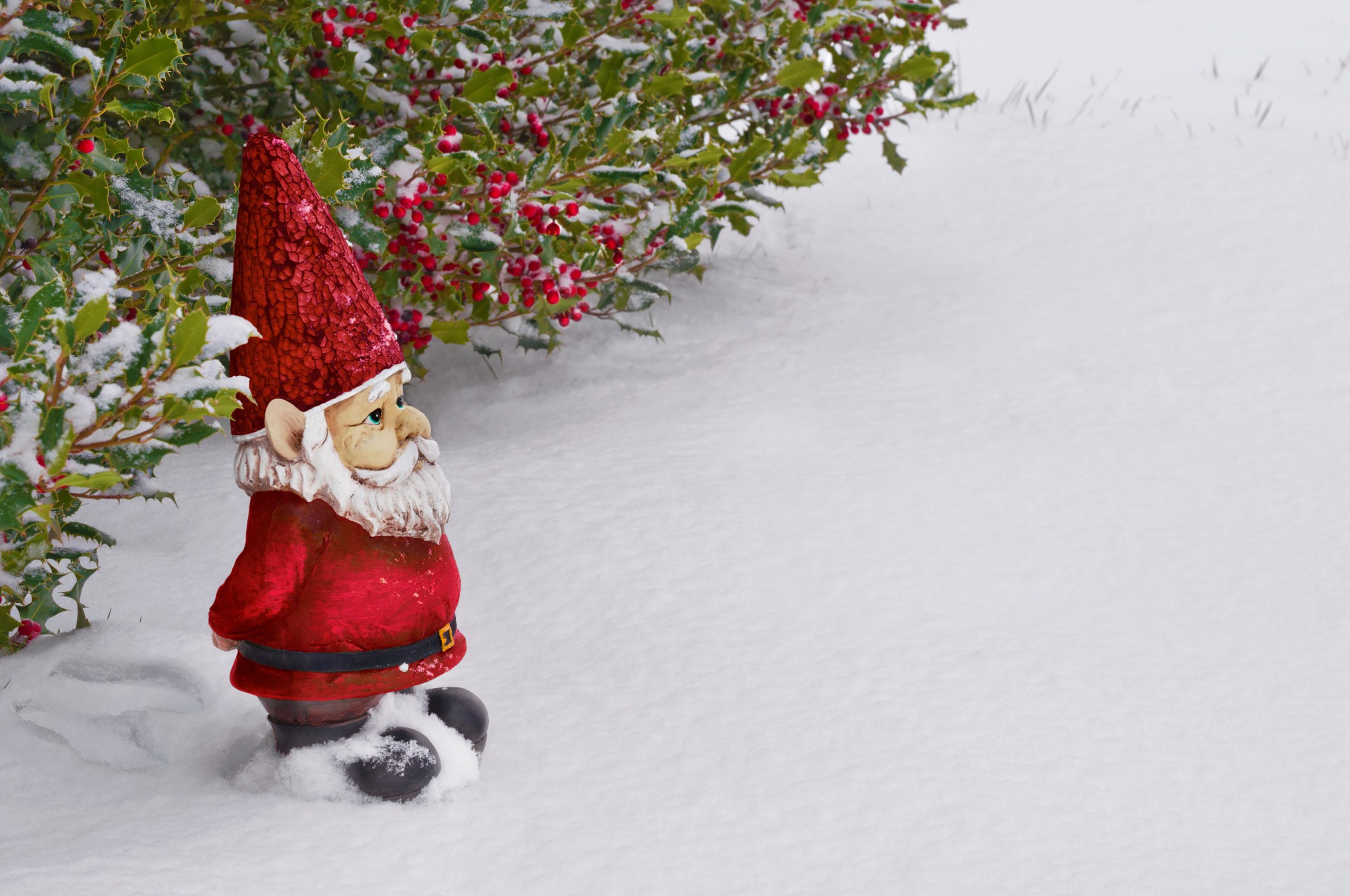
December has finally arrived! Although the weather may be cold, there’s plenty to do in the garden with a lovely cup of something warm to keep you going.
December Gardening Jobs
- Check your winter protection structures are still secure
- Check that your greenhouse heaters are working sufficiently
- Insulate outdoor taps and prevent ponds from freezing by a pond heater or melting the ice (cautiously) with a hot pan placed on the surface.
- Prune open-grown apples and pears (but not ones trained against walls)
- Prune acers, birches and vines before Christmas to avoid bleeding
- Harvest leeks, parsnips, winter cabbage, sprouts and remaining root crops
- Trees and shrubs can still be planted and transplanted
- Take hardwood cuttings
- Keep mice away from stored products
- Reduce watering of houseplants
Plants & Flowers
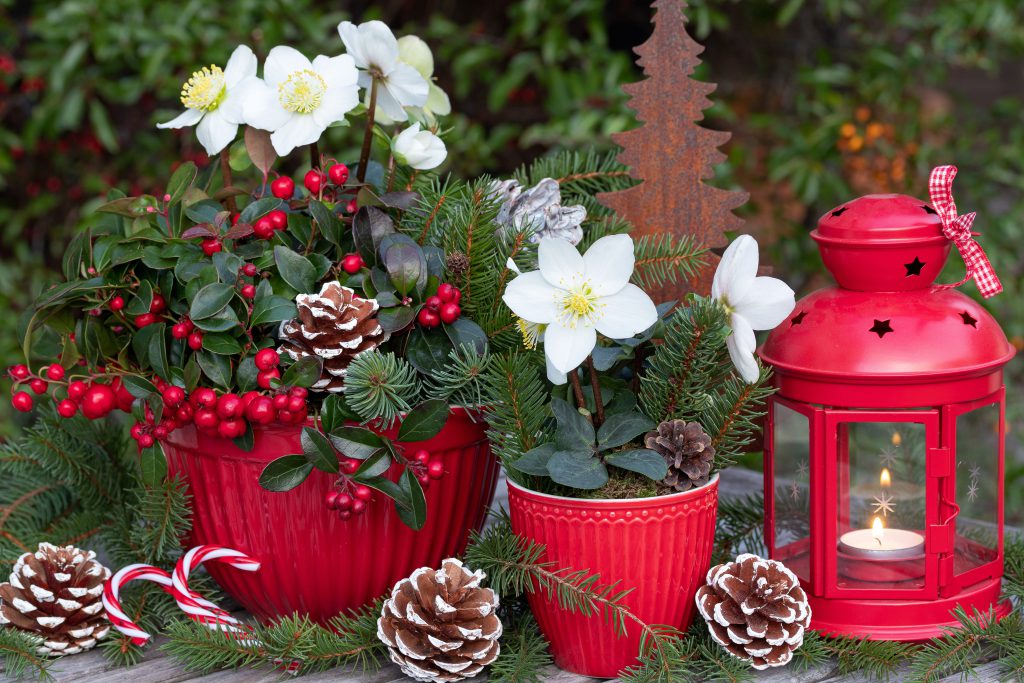
Tidying up the last of Autumn – Finish the clearing of leaves from the beds and borders to prevent plants dying from being covered in damp.
Clear up weedy beds in time for Spring mulching.
Root cuttings can now be taken.
Keep cutting back herbaceous perennials and add them to the compost heap.
Lawn
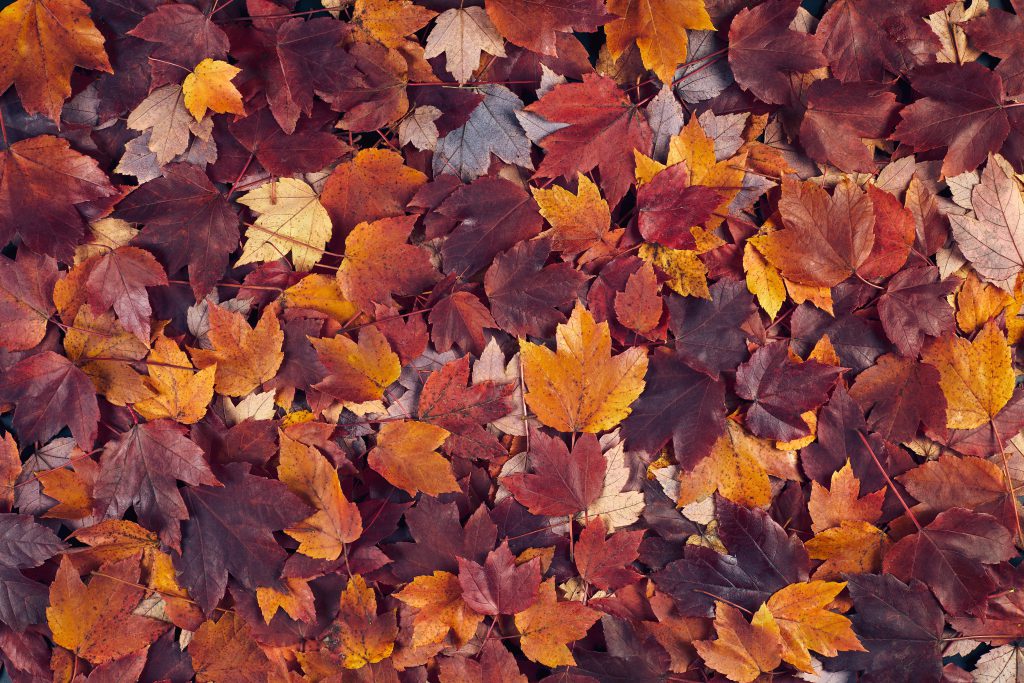
Rake any remaining leaves to prevent the grass being starved of light and moisture
Repair bare patches by using turf cut from other areas of the garden (if available).
Re-cut lawn edges with an edging iron to keep up a neat appearance of the garden.
Ponds
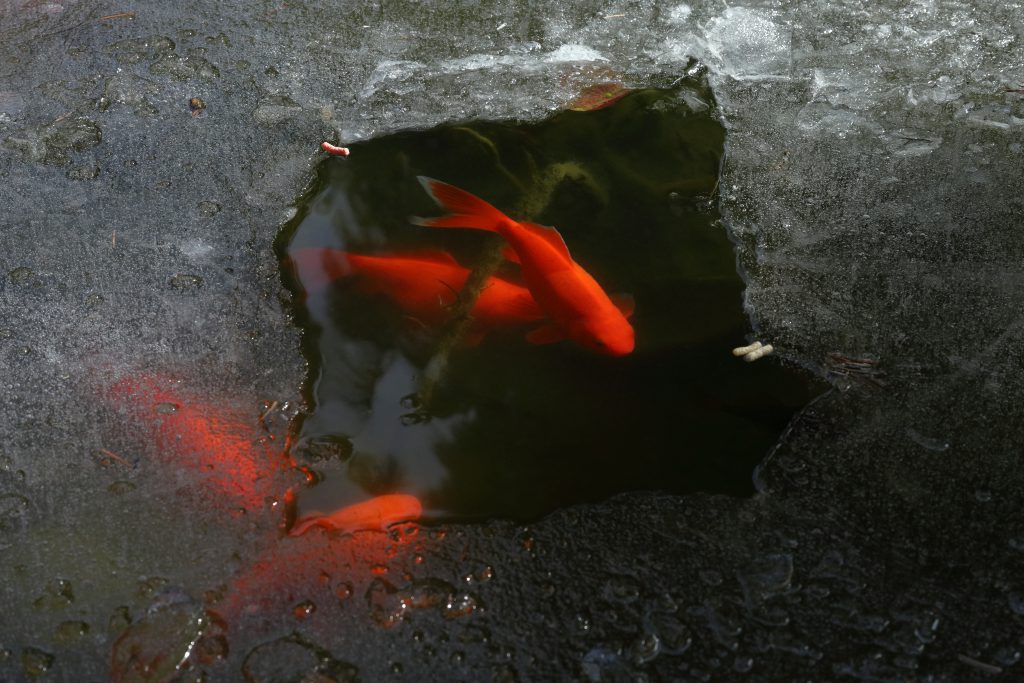
Beware of ice forming on the pond if you have fish as this can be fatal. Either install a air pump or pond heater to prevent this.
You can also make a hole by placing a saucepan of hot water on the surface until is has melted. Do not crack the ice as this can harm the fish.
Place nylon strings across the pond at least 15cm from the ground and edge of the pond to deter birds fishing.
Continue to rake out leaves and shake off any that have fallen on netting.
Trees & Shrubs
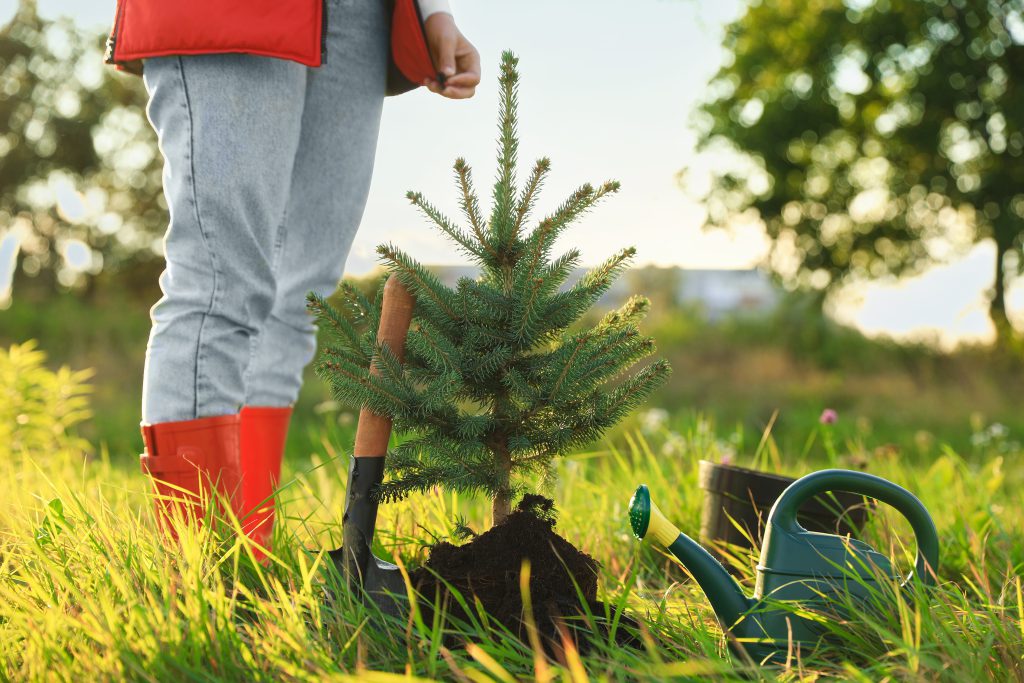
Protect new trees, hedges and shrubs from the cold weather, winds and frost. Thick dry mulch will protect the roots and branches can be covered with fleece. For evergreens, keep the light coming through by covering with clear polythene – don’t let it touch the leaves as they could freeze or rot from condensation.
Continue to plant roses but avoid anywhere that roses have been previously planted. This can lead to issues with replant diseases.
Check tree ties and stakes as cold and harsh winds can loosen them.
